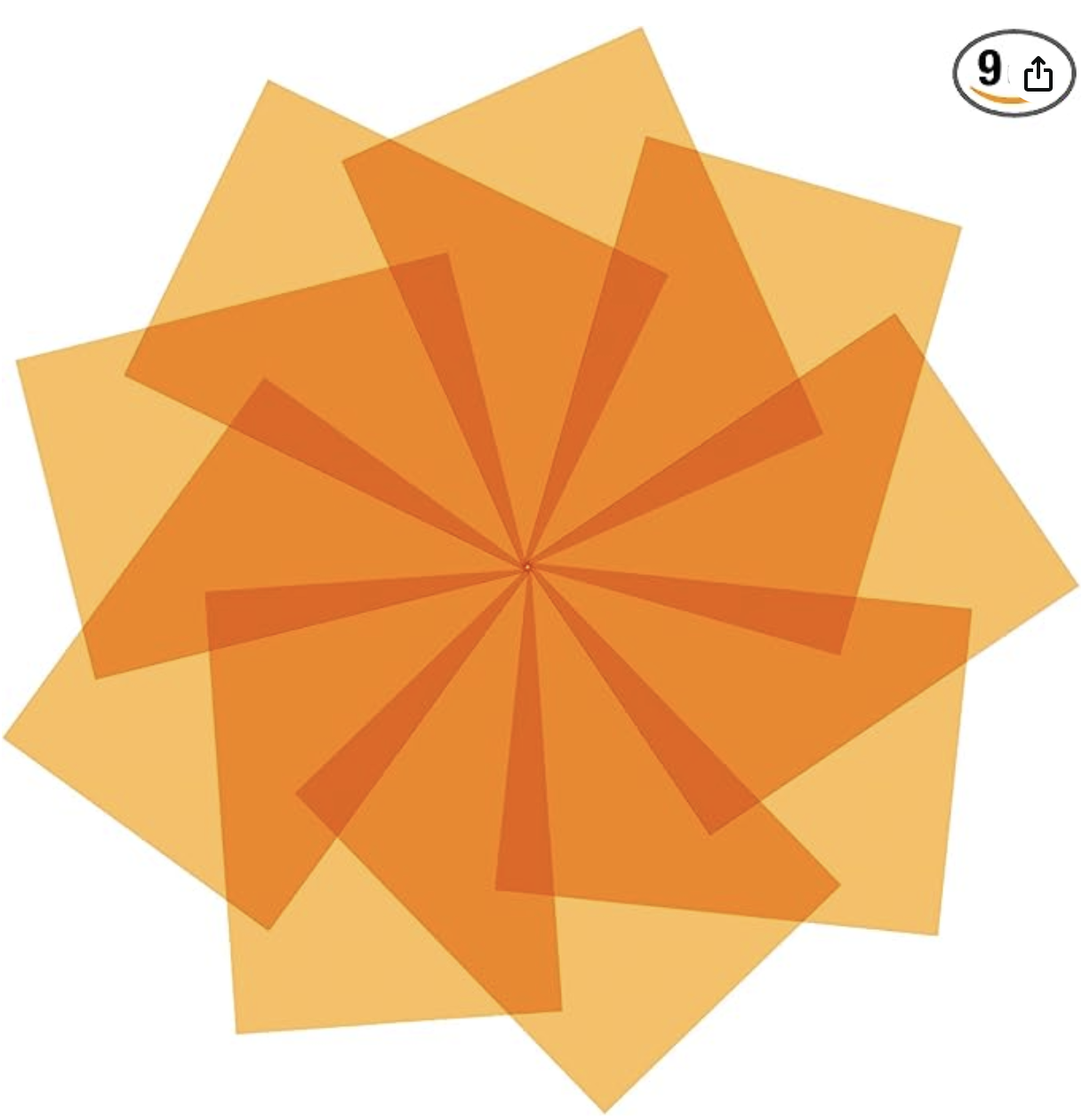The delicate balances within nature are being greatly affected by the increased use of LED lighting on properties all over the world.
The less blue light in our exterior lighting, the better chances nature will have to survive despite widespread overlighting of cities and private properties.
We can help conserve nature and prevent potential extinctions of our precious nighttime pollinators, such as moths, at night by using less blue light in our outdoor lighting, such the use of LED (orange) bug light bulbs and using amber gels around bright, white LED lights and inside those bright, white LED outdoor lighting fixtures.
THE SCIENCE:
Entire ecological communities are impacted by the effects of light pollution on moths. A study found that, in artificially illuminated areas, nocturnal visits to plants were reduced by 62% compared to dark areas, which resulted in an overall 13% reduction in fruit even though the plant also received numerous visits from diurnal pollinators.
Moths themselves are harmed, killed from contact with the hot components of outdoor lamps or by attraction to light-baited traps that primarily target biting flies.
Blue-rich white light sources increase glare and compromise vision, creating potential safety problems.
TIPS:
Use outdoor lighting only where needed and when needed.
Turn lights off late at night with timers or motion sensors.
Choose warm-white, yellow, or amber light bulbs for outdoor fixtures because they won’t attract moths and other wildlife.
LEDs and compact fluorescents (CFL) bulbs may reduce energy use but they can be too blue-toned. In these cases, the use of amber light gels (see link below) or warmer toned bug lights will help the environment a lot.
